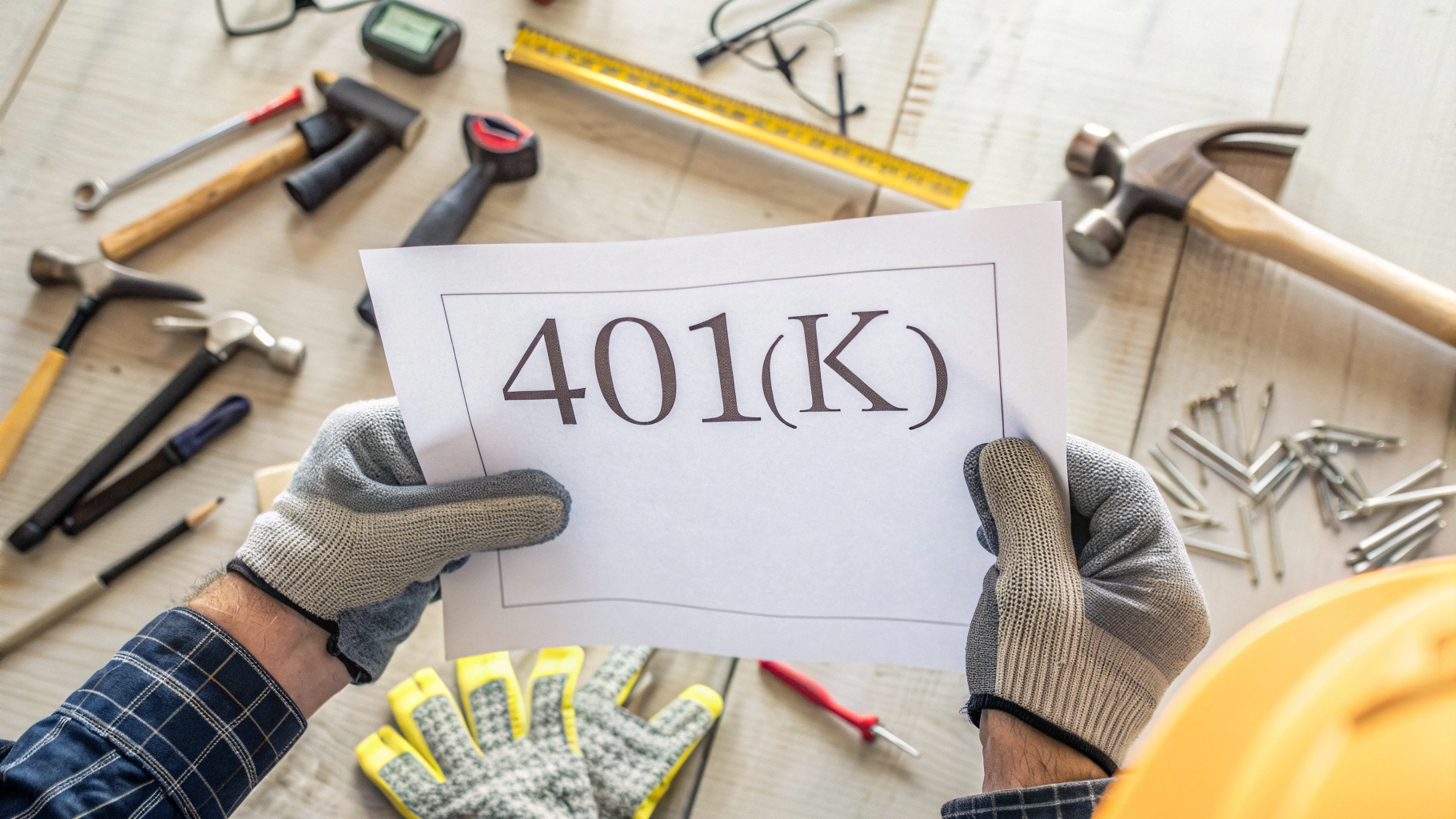Retirement planning is a universal concern, but for tradespeople, like electricians, plumbers, construction workers, and others in hands-on professions, the challenges and opportunities are uniquely shaped by industry dynamics, physical demands, and evolving economic conditions. Take John, a 58-year-old union electrician from Toledo, who spent decades rewiring homes but never gave much thought to pensions until his knees started giving out. Stories like his underscore why 2025’s shifts in pension policies, Social Security adjustments, and workplace retirement plans demand your attention now.
How Tradesperson Retirement Plans Work in 2025
The retirement landscape for tradespeople this year hinges on three pillars: specialized pensions, federal benefits, and smart savings tactics. Let’s break down what’s changed and how to adapt.
1. Cost-of-Living Adjustments (COLA) Demystified
Social Security benefits rise by 2.5% in 2025, lifting the average retiree’s monthly check to $1,976 1. But unionized or public-sector workers often get better deals. Toledo’s Voluntary Alternative Retirement System (TVARS), for instance, uses the Consumer Price Index for Urban Consumers (CPI-U) to calculate a 2.77% COLA, subtracting 0.25% from the inflation rate measured between late 2023 and late 2024 2.
If you’re working while collecting benefits, note the earnings limits:
- Under full retirement age (FRA): $23,400/year
- The year you reach FRA: $62,160/year 1
These thresholds reset annually, so plan part-time work carefully to avoid benefit reductions.

2. Pension Plans vs. 401(k)s: Know Your Trade Job Benefits
While office workers juggle self-managed 401(k)s, many tradespeople still access defined benefit pensions through unions or public employers. These plans guarantee lifetime income based on years served and peak earnings, shielding you from market swings 4.
Private-sector tradespeople, however, often rely on defined contribution plans like 401(k)s. In 2025, those aged 50+ can stash $31,000 annually thanks to catch-up contributions 5.
2025 Retirement Benefits for Tradespeople
Union Protections and Multi-Employer Plans
Unionized pipefitters, welders, and similar trades often benefit from pooled pension funds backed by multiple employers. Consider Maria, a Chicago plumber who retired at 58 with 60% of her peak earnings thanks to her union’s early retirement incentives. These plans typically offer:
- Guaranteed payouts unaffected by stock market dips
- Early retirement options (as young as 55 with reduced penalties)

Tax Breaks You Can’t Afford to Miss
Catch-up contributions are a tradesperson’s best friend in 2025:
- 401(k)s: Workers 50+ add $7,500 extra annually
- IRAs: Same age group contributes $7,500 beyond the $6,500 base limit 5
John, our Toledo electrician, used these to funnel $30,000 into his 401(k) last year despite a slow work season.
Four Retirement Challenges and Real-World Fixes
1. Labor Shortages Mean Longer Careers
With five skilled workers retiring for every two new hires 7, many tradespeople work past 65. Solution: Negotiate phased retirement, like shifting to supervisory roles, to preserve income without wrecking your body.

2. The Savings Gap Trap
Only 18% of private-sector tradespeople have pensions 8. Solution: Open a Roth IRA for tax-free growth. Even $200/month invested at 7% return becomes $250,000 in 30 years.
3. Inflation’s Hidden Tax
Rising costs erode fixed incomes. Solution: Allocate 20% of savings to inflation-resistant assets like Treasury Inflation-Protected Securities (TIPS) or rental properties.
4. Pension Myths That Cost You Money
Ignore claims that pensions are “too generous.” The average public pension pays $18,500 yearly, which is barely above poverty level 9. Check your plan’s health via annual reports or union reps.
Building Your 2025 Retirement Portfolio
Balance Risk Like a Pro
- Under 50: 80% stocks (e.g., low-cost index funds), 20% bonds
- Over 50: 60% stocks, 40% stable assets like bonds or annuities 10

Turn Trade Skills into Passive Income
Use your expertise to create side hustles:
- Rental flips: Buy distressed properties, renovate them using your skills, then rent or sell
- Equipment leasing: Rent out unused tools to local contractors
Your Action Plan
- Attend a union pension workshop by Q3 2025 to review your multi-employer plan details.
- Run the AARP Retirement Calculator 11 to identify savings gaps.
- Book a free IRS Free File session to optimize tax-advantaged contributions.

Final Word: Start Now, Adjust Yearly
Retirement planning is all about progress, not perfection. In 2025, leverage every trade job benefit available, from union COLAs to catch-up contributions. Even if you’re 25 and just starting your apprenticeship or 55 with decades under your toolbelt, one truth remains: the best retirement plan is the one you actually use.
Check your pension statement this month. Your future self is counting on you.

